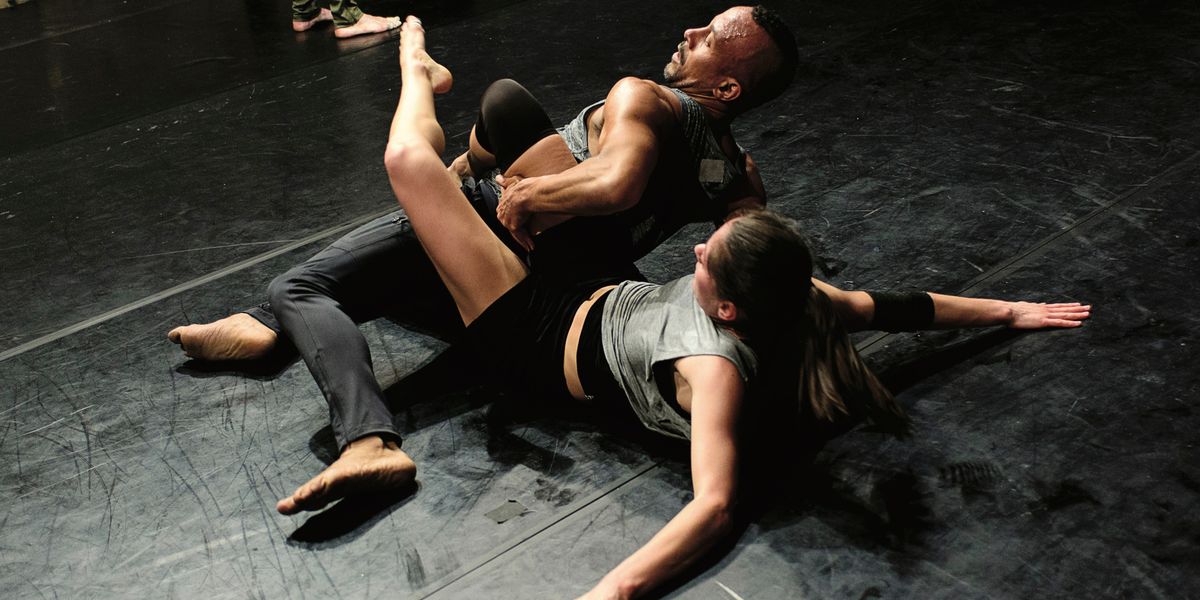Why Lumberyard and BAM Are Teaming Up to Create a New Rural-Urban Dance Pipeline
Showing choreography at a major venue in New York City is a goal and milestone for many dance artists. Yet when such an opportunity comes their way, choreographers frequently find themselves scrambling for time and technical resources to give their work that professional shine. What they end up performing may not have the polish they intended. “Far too often artists are arriving at their presenting house and the piece isn’t ready,” says Adrienne Willis, the executive and artistic director of Lumberyard Contemporary Performing Arts, an organization that helps dance artists develop new work.
Back when Lumberyard was known as the American Dance Institute and operated out of a strip mall in Rockville, Maryland, it pioneered its Incubator program to whip new pieces into shape, kind of like the “out-of-town” tryout model for theater. Several of the artists it supported ultimately brought their shows to the Brooklyn Academy of Music, one of New York City’s most prestigious venues, which quickly recognized the positive influence of the Incubator on performances.
Now the partnership is official. This summer, Lumberyard and BAM announced a collaboration to address the need for tech time in dance. Ahead of BAM performances, select artists will receive a weeklong production residency. Lumberyard’s new home in Catskill, New York—a small town on the shores of the Hudson River, two hours north of Manhattan—opens in 2019, so this first year’s residencies will be held in Bennington, Vermont. The artists will then preview the work and receive feedback from local audiences. “There will be an effort to clarify what is often dense, delicate and nuanced work,” says Amy Cassello, associate producer of BAM’s Next Wave Festival. “It’s good for everyone.”
The three inaugural artists to receive a Lumberyard residency ahead of the 2018 Next Wave Festival are David Neumann (who was previously supported by ADI in Rockville), Kimberley Bartosik and Kaneza Schaal. Unlike many dance initiatives, Lumberyard production residencies are not aimed at so-called “emerging artists.” As Cassello explains, BAM is “interested in bringing an artist’s most mature work, so it implies a certain amount of track record.”
For the residency, choreographers and their dancers receive housing, meals and a $10,000 stipend, plus a dramaturge, full crew and tech support, and unlimited access to the theater, which can be configured to resemble nearly any performance space in New York City. The experience is customized to the needs of each artist, including the amount of time they want to have between the residency and their performances at BAM.
“The most important thing we can do is be as flexible as possible,” Willis says. She admits it can be difficult to quantify the impact of a residency but says her measure of success is “if an artists feels that when they show at BAM, they’re showing the work they want to show.” Cassello concurs: “When the artist is more confident and more prepared, then it translates to the audience,” she says. “You know when people are really ready.”




